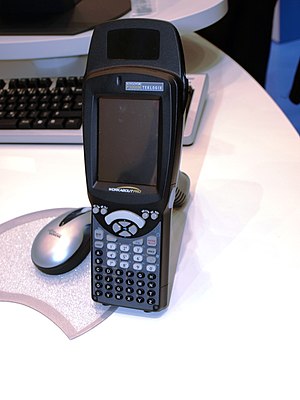RFID – The Lowdown and the Benefits
BlogRadio Frequency Identification (RFID) is “wireless non-contact use of radio frequency electromagnetic fields to transfer data for the purpose of automatically identifying and tracking tags attached to items”. These tags hold electronically store data and can be used in much the same way as barcodes. Unlike barcodes, however, the tag doesn’t need to be within line of sight of the tag reader and may well be embedded within objects.
RIFD tags are being increasingly used by a wide range of industries, to track products through the assembly line process, to track and locate items in warehouses and to track vehicles and personnel. RFID tags are used in high risk situations such as off shore oil and gas platforms – tags are worn by personnel so that they can be instantly located during emergencies.
Although the technology for RFID tags was first developed for commercial use back in the early seventies, this technology has only become widespread in recent years and is pretty much set to take over from bar coding

systems due to the advantages an RFID system offers.
Barcodes can only be read one at a time and we’ve all experienced the hassle of being stuck in a queue in a shop or supermarket while the cashier drags the wand (barcode reader) across an item again and again. Eventually, the cashier will have to punch in the PLU number on the barcode (if there is one) or will resignedly lift up a hand a ring the bell for a supervisor. RFID tags only need to be passed near a reader – the tag can be read inside a carton or box and, to speed things up, hundreds of RFID tags can be read at a time.
RFID is being adopted by retailers and governments as a method of optimizing supply chains, meaning that those who work with or supply these companies need to enhance their own operational capabilities in order to deal with them. This actually benefits the companies who upgrade in this way by reducing costs and raising efficiency. RFID traceability improves accuracy in inventory tracking while reducing labour costs. Because this new technology allows businesses to use RFID to increase sales and reduce manufacturing costs there is a rapid ROI (return on investment).
Back to News